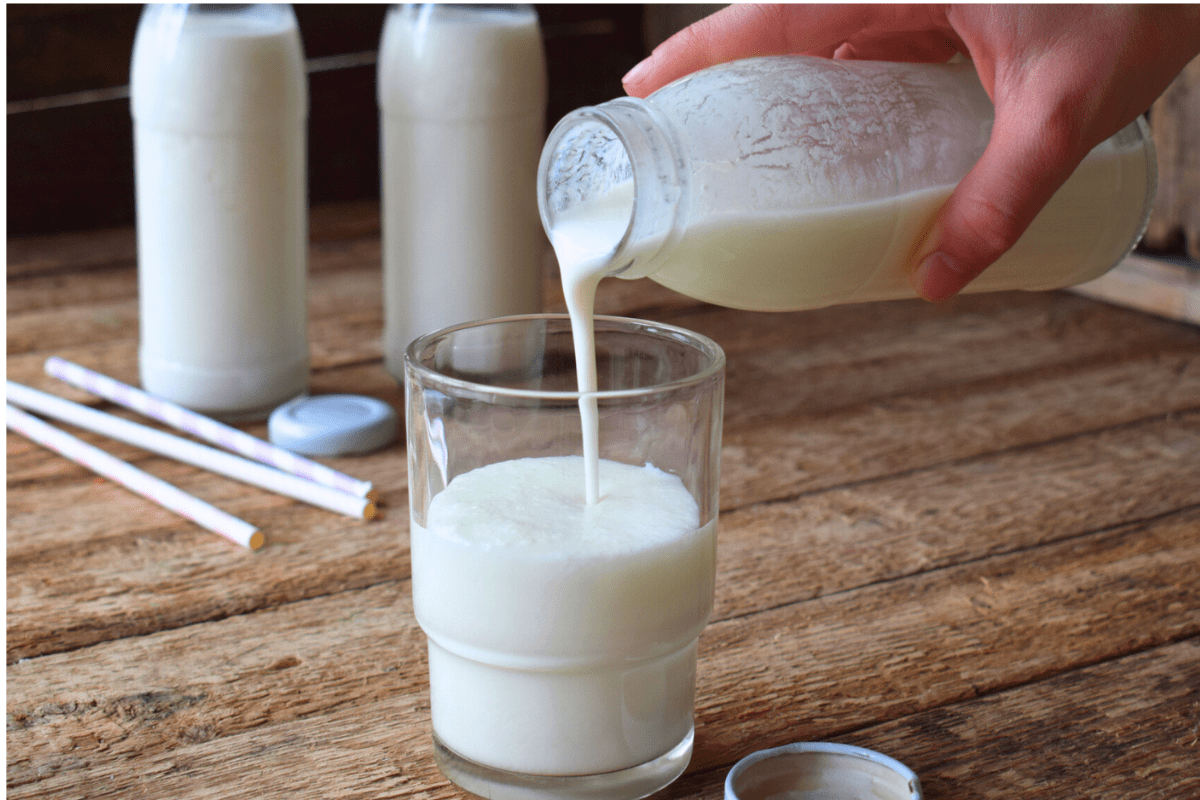Did you know that milk provides 13 essential nutrients?! Recent research shows that along with the 9 nutrients that milk has had, milk has also been identified to provide 4 additional nutrients to offer you a total of 13 in one glass. Don’t worry, it’s the same milk you know and love, but provides more nutrition than previously thought.
Milk Is Still Milk
Milk has always been advertised as having 9 essential nutrients, but now we can say 13 essential nutrients. Rest assured, milk is still milk. What’s inside is what has always been inside. Through the data available from USDA databases (i.e., FoodData Central), more of the nutrients inside milk meet the definition of being a good or excellent source.
In addition to protein, calcium, phosphorus, vitamin A, vitamin D, riboflavin (B2), niacin (B3), pantothenic acid (B5) and cobalamin (B12), the four new additional essential nutrients you can find in milk include: iodine, potassium, selenium and zinc.
Here are some of the functional health benefits of these four additional nutrients:
- Iodine – a nutrient important for pregnant/lactating moms due to the increased need to support the child’s cognitive development.
- Potassium – an electrolyte important in performance due to regulation of fluid balance and its role in muscle function; it is also important to blood pressure regulation, supports heart health and is a nutrient of public health concern because people are not getting enough of it in their diets.
- Selenium and Zinc– both important to normal/healthy immune function – along with the vitamin A, vitamin D and protein in milk.
Together, these 13 essential nutrients help us position milk as a power food for overall wellness. For more information, be sure to download this infograph.






